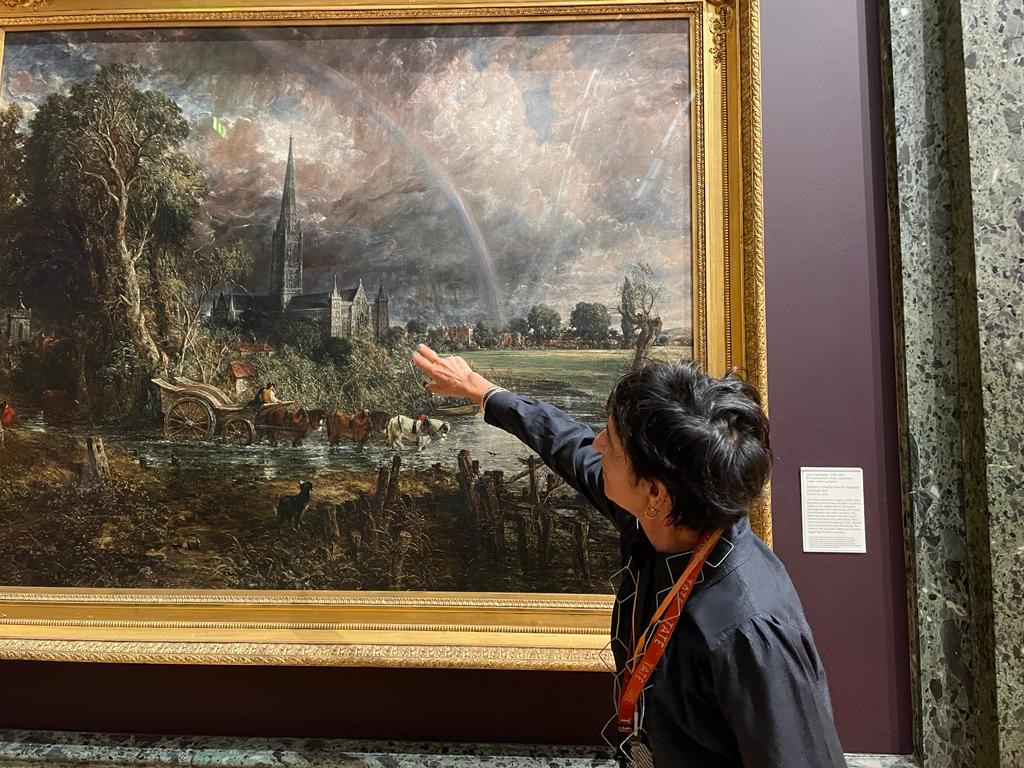
By Robina Dam
National treasure holding many national treasures, the Tate Britain museum overlooks the Thames from its Pimlico location, a short walk from Westminster and the Houses of Parliament. On a sunny September afternoon, we gathered on the steps outside to be taken in for a special guided tour.
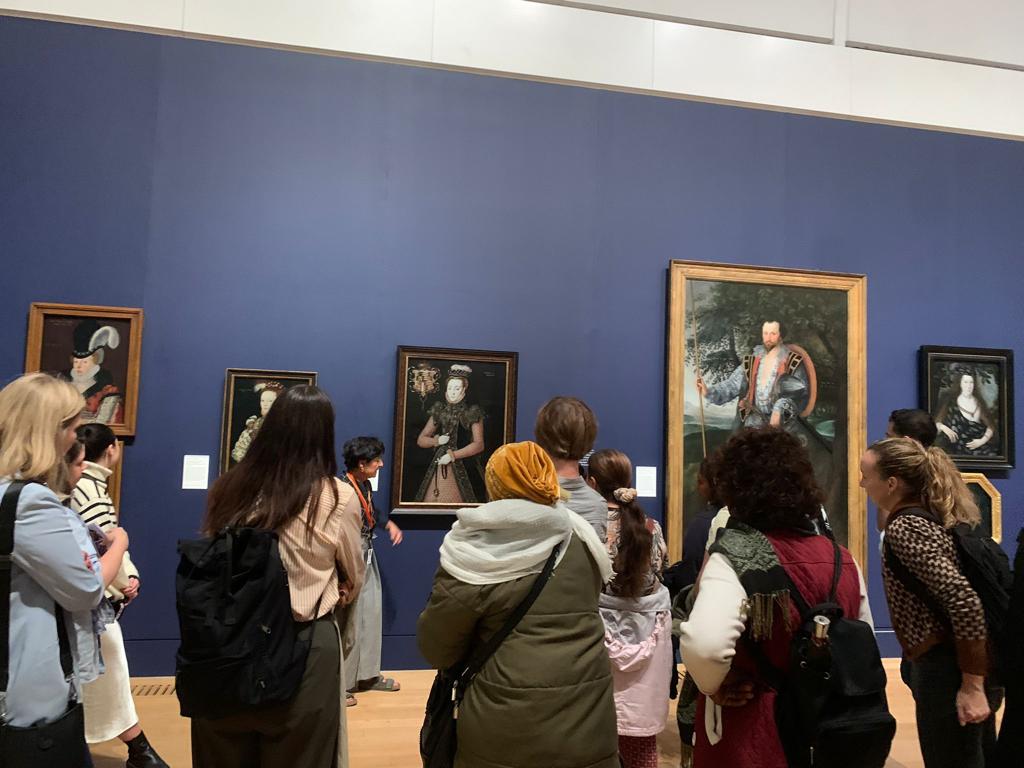
Tate Britain has free entry to its permanent collections all year round (certain exhibitions do have a separate charge so do check at the front desk or online first) but if you can time your visit at the quieter periods, such as weekday mornings, you may be lucky enough to get a whole room of high art almost to yourself.
Even luckier for the Art Talks crew was to have the expert guidance of art historian, Cindy Polemis, who shed completely new light on our location when she told us that the building was originally built on the site of Millbank Prison! From its home to prisoners who were then sent to Australia it became home to the art collection that is now the older ‘sister’ of the Tate Modern.

Cindy took our group up the snail-style curved staircase into the museum’s room called ‘Exiles and Dynasties’ where the earliest work of Tate Britain is shown from 1545. Her tip is that this is a good place to start since it is where the idea of portraits took their place in English art, replacing religious iconography. While the walls had paintings from this period, in the centre of the room was a modern artwork by Mona Hatoum called Exodus 2, a pair of suitcases tied together by a thick strand of human hair.
Cindy pointed out that so many artists who contributed to the English art scene were originally immigrants, and that the placing of contemporary artworks by immigrant artists reminded us all of their contribution. This philosophy is, of course, truly shared by Speak Street.
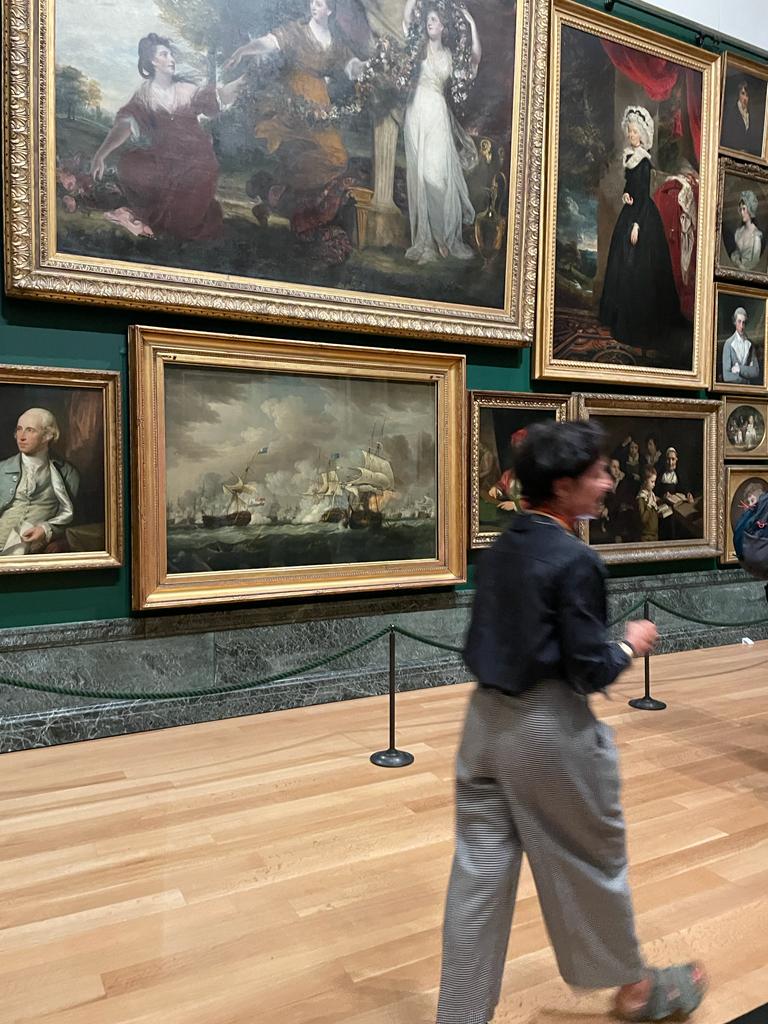
Having done a brief tour of some of the other rooms — notably a room where the paintings were packed in so tightly that they covered almost every inch of the room which Cindy explained to us was how art used to be hung in the old days. With a range that spanned from Hogarth to David Hockney, there were so many different styles for everyone to find something to relate to and Cindy’s insights meant we looked at the paintings with a more informed eye.
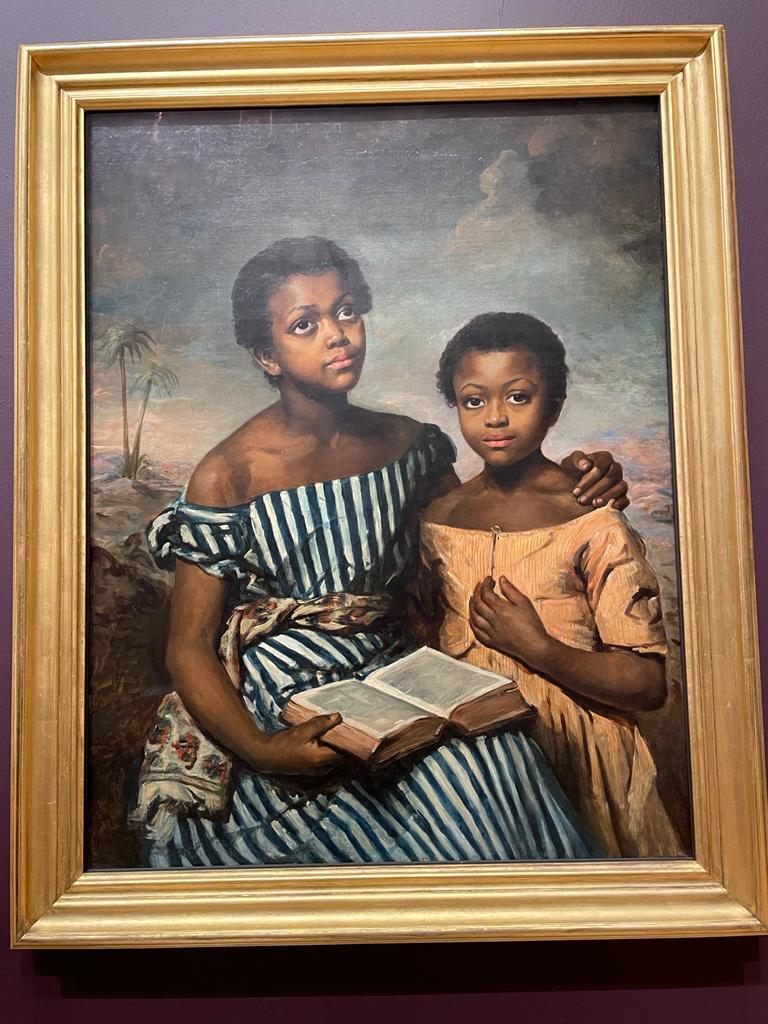
Anya and Joanna then led the group to the downstairs cafe where teas and coffees were enjoyed as we continued our arty conversations with volunteers on an almost one-to-one basis.
Thank you to Mishcon’s team (Eleanor Dixie, Megan Judd, Tina Kondouli, Alicja Surmiak, Apolloniya Vlasona) and volunteers Robina Dam & Kal Mohammed.
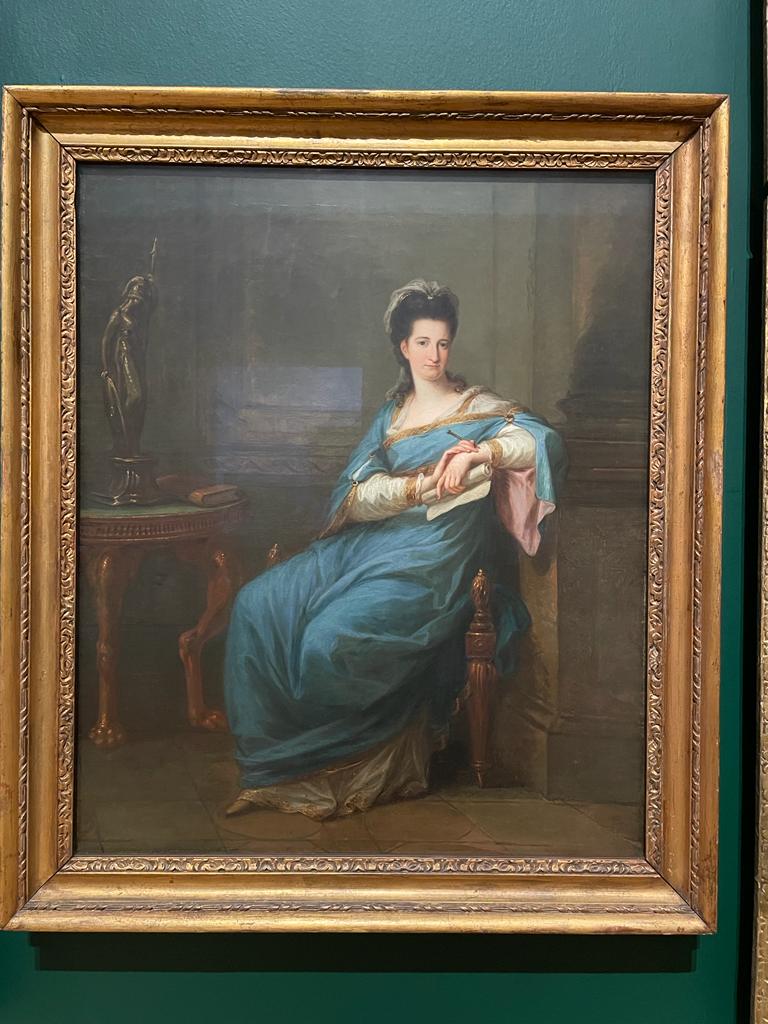
Tate Britain, Millbank, London SW1P 4RG; www.tate.org.uk
(Photos supplied by Joanna Bevan & Robina Dam)
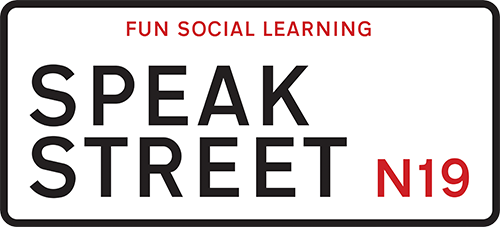
Social